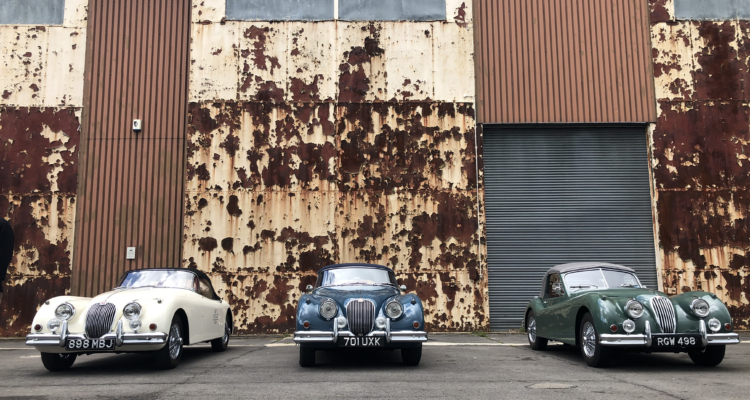Get Your Bike Kitted Up – Motorcycle Riding Gear
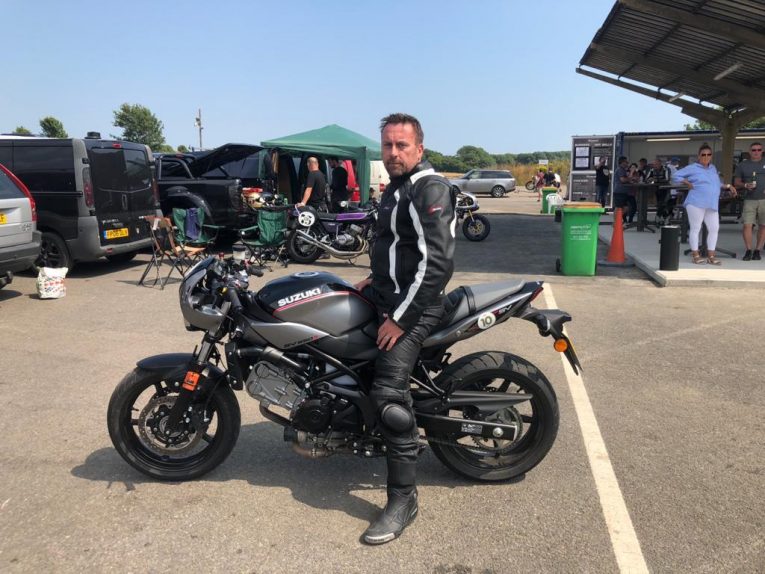
Head’s up
The first, most obvious item of protective gear is a helmet. It is the only item that is legally required – I know, crazy, eh? – and can cost from less than £50 to up to a grand. There are a few key pointers here worth considering. Firstly, never, ever buy second hand – you have no idea of the history. If a helmet has been crashed in, dropped or is more than five years old, it’s a plant-pot at best – never put it on your head. Also, never, ever buy what appears to be a super-cheap branded helmet online – if it looks too good to be true, it probably is. There was a scourge of cheap knock-offs recently that will offer you next to no protection if you need it.
All helmets need to meet British Standards BS 6658:1985 and/or UNECE Regulation 22.05 – there should be a sticker on the lid to show this. However, more relevant is the UK government Safety Helmet Rating and Safety Programme (SHARK) which tests and assess helmets and gives a rating out of five – a bit like Euro NCAP does for cars. Five stars is very good – one star isn’t.
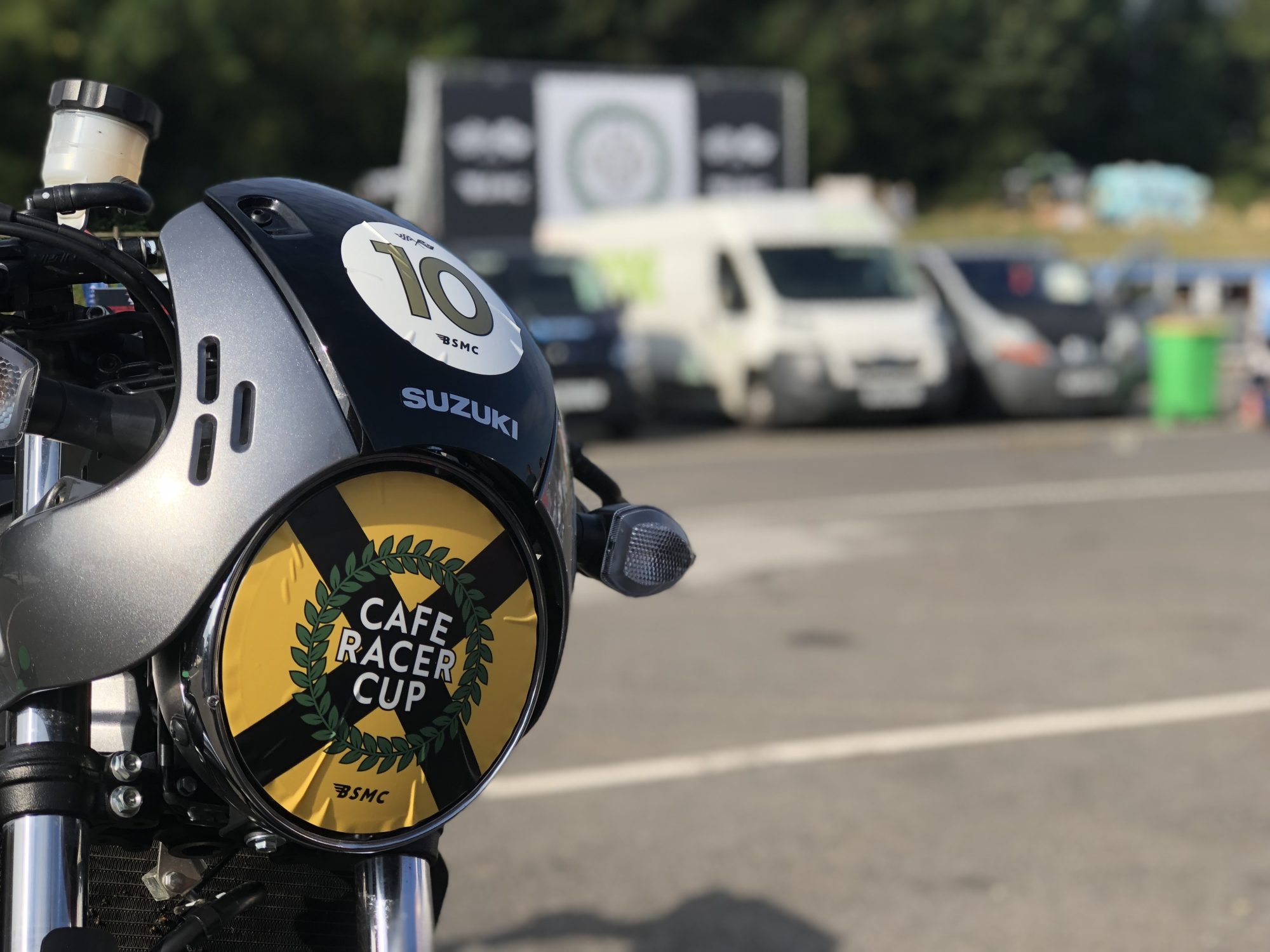
When it comes to cost, generally, you get what you pay for. You can buy a four-star SHARP rated helmet for less than £40 but it’s a bit noisy and a bit heavy. Pay more and you get less noise (better aerodynamics and linings), lower weight (materials such as carbonfibre), features (such as exceptionally useful internal drop-down sun visor), decent vents (they make a huge difference on warm rides) and Pinlock inserts (these go inside the visor and do a brilliant job of stopping it misting up.)
There are also different types – traditional full-face; flip-front where the chin-bar lifts up to allow recognition, chatting, smoking or eating; open-face to allow proper wind-in-the-hair riding or jet helmets, used typically by urban riders – like an open face with a visor. The design will also be influenced by the bike you ride – a sports bike needs a sports helmet, as the riding position means you’re leant forward and you’re looking up, out of the helmet. A more upright riding position means you’ll be looking out through the middle of the aperture, for example.
My choice
I’m currently wearing a Shoei RYD helmet. It is five-star SHARP rated, extremely comfortable and quiet, it’s light but doesn’t get yanked around on the road and although it doesn’t have a drop-down sun visor, you can swap the external visor within seconds for a tinted version.
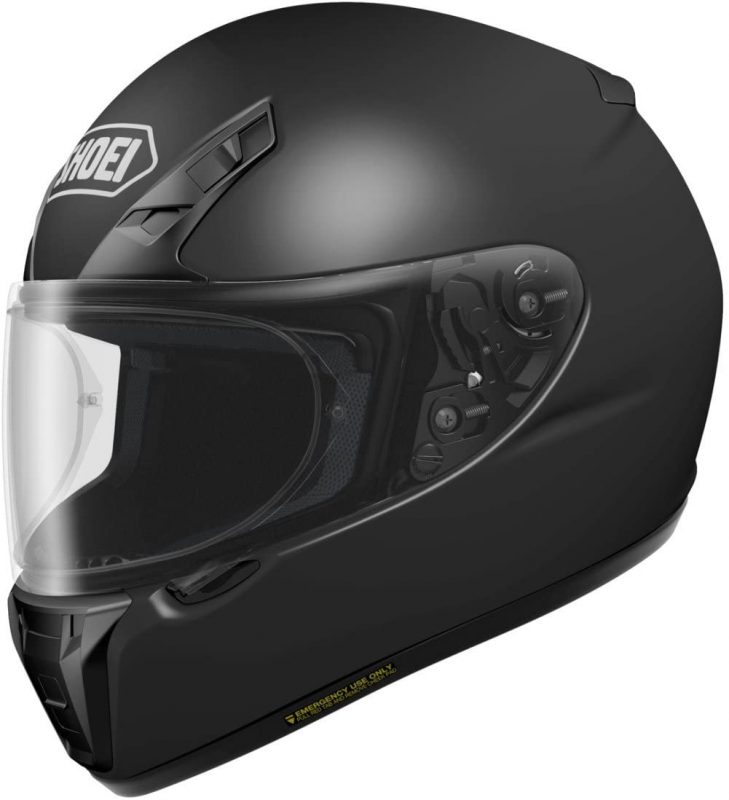
Know (your) jacket required
There are lots of different styles of jackets and in lots of different materials but they all serve one purpose – to protect you; from accidents and from the weather. So motorcycle jackets will include shoulder and elbow armour and ideally, a back protector too. If they don’t come with one, make sure there is a pocket for one and add it. There are two strengths of armour determined by the CE (Conformité Européeane) Rating – Level 1 and Level 2. Level 2 is more effective at absorbing impact but can be bulkier. The same goes for the back protector.
The other way a jacket protects you is in a slide – abrasion resistance. There is a new standard for rating motorcycle clothing (it is now considered Personal Protection Equipment) but it hasn’t yet been adopted as mandatory, though many clothing manufacturers are using it already. This rates clothing’s protective ability by a series of letters – B, A, AA and AAA, from worst to best respectively. If you’re shopping, look for the labels to the latest standard.
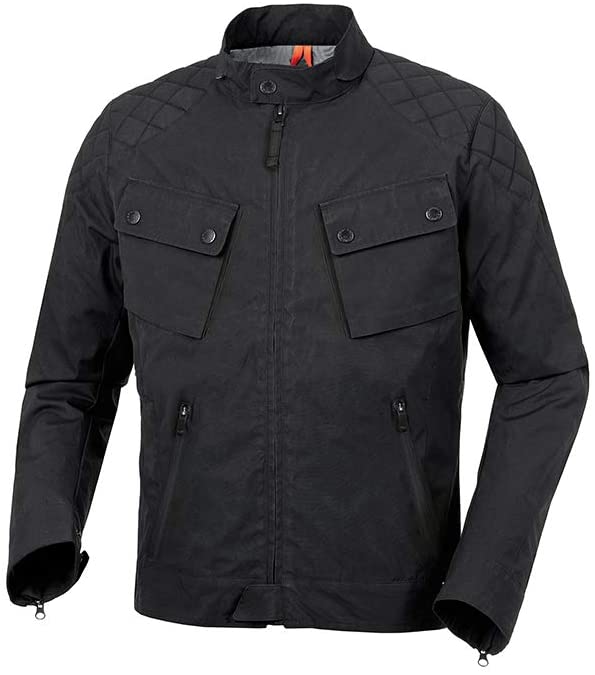
There are lots of different styles and materials for jackets to suit your taste or your bike – or both. These range from 3/4-length adventure or touring garments, designed for off-road or long-distance use, to shorter, sportier tops for more spirited rides. A leather jacket is the archetypal biker’s jacket; leather offers excellent abrasion resistance but tends to be heavy, warm, sweaty and not very waterproof. Textile jackets on the other hand, use man-made fabric to offer a combination of qualities; abrasion resistance, low weight, waterproof and breathable. Some use Gore-Tex or similar membranes to keep water out and allow sweat out. Some have effective vents to allow cooling air in; some have removable thermal liners to keep you warm when it’s chilly but stop you over-heating when it gets hot outside.
My choice
In summer, for short journeys I like the Tucano Urbano Pol 2g jacket. It’s lightweight and classically cut, has no liner, comes with Level 1 armour and a back-protector pocket and is CE A-rated. In winter, my go-to is a Spidi Alpen Trophy textile suit. Using an H2Out membrane, it has kept all water out over a particularly dreadful winter while allowing perspiration to escape. The thermal liners have kept me warm enough to wear just a pair of winter base layers in conditions down to 0°C yet the vents allow cooling air flow if it starts to warm up.
Rider, where are your trousers?
Like jackets, the choice of trousers is first protection, second material and/or style. All trousers should have knee armour – Level 1 and 2 like jackets – and potentially, hip armour too. Again, some may be labelled to the newer standard so look for as many ‘A’s as possible. And as with jackets, the same construction and material points stand. However, riding denim jeans are also becoming increasingly common. These can be single layer, with reinforcing fibres woven into the denim or double layered, with a cotton outer and an aramid abrasion-resistant liner to keep you safe. For those looking for a relaxed, casual image, jeans and a sporty or leather jacket can fit the bill nicely.
My Choice
In summer, I favour a pair of Spada Rigger riding jeans; these have a separate internal liner and come with knee and hip armour. They are comfortable and cool in warm weather and are water resistant, in case it rains. In winter, I use the matching Spidi trousers to form a textile suit that works superbly.
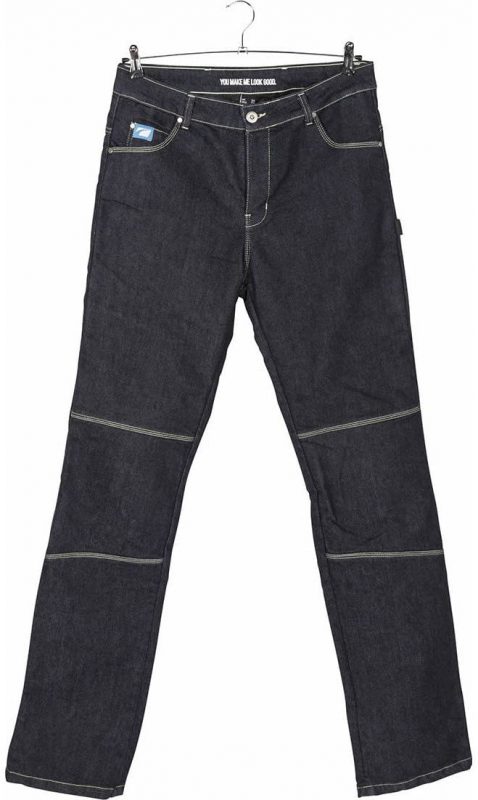
All you need is glove
Hands need protection as well and if you want to ride in France, legally these too must be CE-rated. There will be a label inside indicating a number – 1 or 2. Again, 2 is better than 1 and if you see the letters ‘KP’, that means the knuckle protection has been tested. Again, what gloves you choose depend on when and how you ride and for how long. Summer and winter gloves vary in their design, material and construction. Winter gloves will be waterproof, windproof and with insulation to keep your hands warm (unless they are heated) but the downside is bulk and a loss of feeling for the bike’s controls. Summer or sporty gloves, on the other hand, may be made of leather for better feel but may not be waterproof or particularly warm.
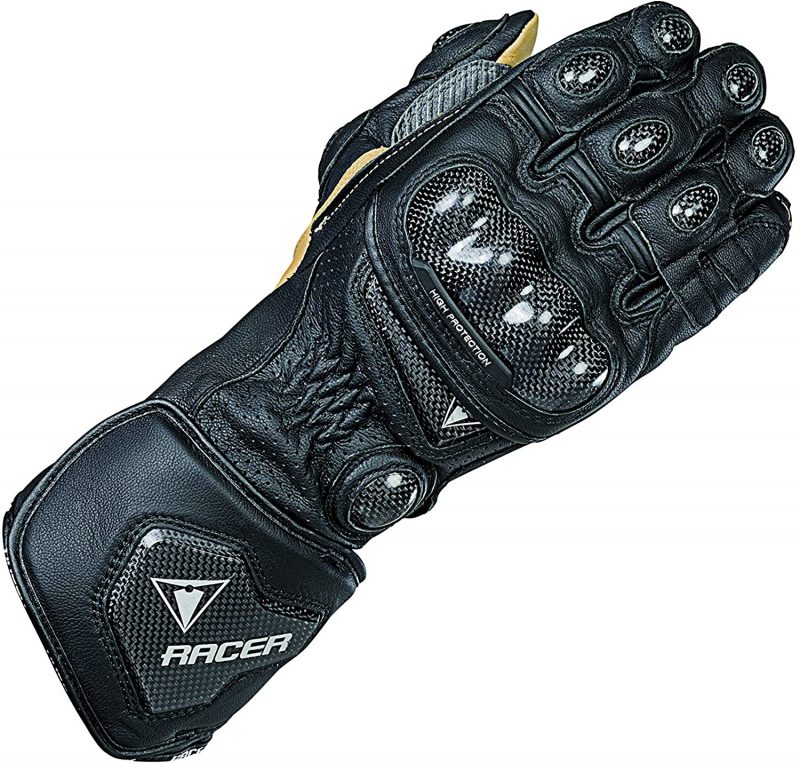
On all gloves, look for hard armour over the main knuckles, some protection on the fingers and the scaphoid (the bone at the base of the thumb) for both impact and abrasion and ideally, on the outside of the wristbone as well. Sporty gloves may be vented and have fingers sewn together to protect them in a fall while you might also expect to find a visor wipe on a finger or thumb and perhaps the ability to use sat-nav or smartphone touchscreens.
My choice
Again, different for summer and winter. For summer, I’ve just started using a pair of LS2 Swift sporty gloves. They are comfortable, feel and grip are excellent and protection is top-notch. For spring and autumn, I have an old pair of Racer three-season waterproof gloves which are a great compromise of feel and warmth and for the depths of winter, a pair of heated gloves. That might sound crazy but there is nothing worse than freezing fingertips on the way to work on cold, dark winter mornings. Get that sorted and it’s great fun.
Best foot forward
The final essential bit of kit is a decent pair of boots. Again, these can follow your style of bike or riding and can range from full-on adventure boots with lots of protection and thick soles for standing on footpegs but heavy and sweaty to lightweight sporty boots with lots of armour and toe-sliders. As with all of your kit, think about when you will use it; winter commuting needs waterproofing and insulation. Summer cross-country blasts need feel and venting. Look for bracing and armour on the shin, ankle, toe and heel. Also, look for CE labels, with four categories rated either 1 or 2 – look for as many 2s as possible.
My choice
In summer, I have a pair of Alpinestars SMX-V2 Drystars which are my go-to boots. They use AS’s own breathable membrane, are completely waterproof, superbly comfortable and feel for the controls is excellent. The shin armour is a bit too chunky for some trousers or jeans, though. In winter, I’m currently on a pair of RST Paragon IIs – waterproof and well-insulated, they are protective but comfortable for long distances and in poor weather.
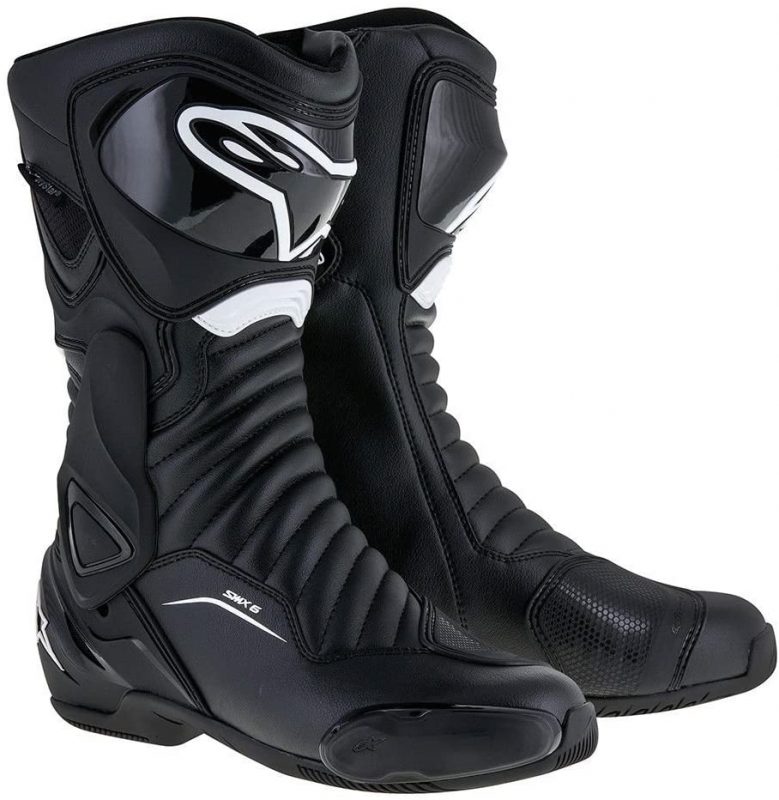
Other stuff
That’s the basics but there is a whole host of other kit depending on what you want to do. Fancy a trackday? Then make sure your sporty helmet comes with an ACU (Auto-Cycle Union, the governing body of UK motorcycle motorsport) Gold sticker and invest in a set of either one-piece or more flexible but not-quite-so-secure two-piece leathers.
Paranoid? Consider a personal airbag (seriously). Either a standalone version (costing from £380 to £700) or buy a jacket with an integrated airbag (RST does one for less than £400).
Like music, want to make phone calls or chat to your passenger or other riders? Get an intercom that connects via Bluetooth to your phone (and in some cases, the bike itself) or chat to a group of other riders up to a mile away using MESH technology.
Want directions? There are plenty of standalone sat navs from TomTom or Garmin, for example, or buy a waterproof case for your smartphone and use that.
Want the world to see you getting your knee down at Cadwell Park? Lots of action cameras will do that for you – GoPro is, of course, the name that springs to mind. Don’t like being cold? Then electrically heated kit – gloves, vest, boot in-soles – will keep you toasty warm.
How to buy
If I’ve learned anything from wearing motorcycle kit, it’s try before you buy. There is no such thing as one size fits all and, in many cases, the same size in different manufacturers will have a very different feel. So if you can, get along to a shop and try it all on. Somewhere like Sportsbike Shop (in Boston, Milton Keynes and Leeds) or Get Geared in Leatherhead, for example, has a huge range of kit and you can make sure everything fits with experienced and knowledgeable staff to help. If you can’t go in person, both have a very effective mail-order service and will swap gear for you as long as it hasn’t been used.
